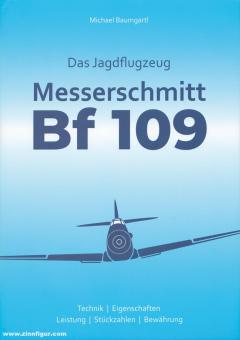Here is a review from another site:
I have just received the book, and have only started to digest it. However, I must say that from my first impression, I'm extremely impressed. Everything appears to be exceptionally thoroughly researched with extremely detailed references to original documentation, and discussion of pretty much every previously published book on the Bf 109. As far as the technical development and characteristics of the Bf 109 are concerned, this book really seems to be it, and I don't see it being eclipsed anytime soon (if ever). Being primarily a technical resource, mostly concerned with engineering and performance, it could have done with some more original engineering drawings and performance graphs, but since the book is self-published, I assume the fairly limited amount of figures may be due to financial considerations.
Regarding W.Nr blocks: the book has a very extensive discussion of production numbers, per producer, per subtype, and per year, including foreign-built aircraft. However, unfortunately, a discussion of W.Nr. blocks associated with each production ring appears to be missing.
One thing that is interesting is that the author does not seem to be aware of the photograph of Erla-built Bf 109 K-4/R6 W.Nr 570 375, or the unfinished Erla K-4 fuselages dumped outside the station in Plauen at the end of the war, stating instead that only one Erla K-4 was produced in February 1945 (W.Nr. 570 362). This is somewhat surprising, given that the image of 570 375 has been available online for about a decade now, and the image of the unfinished fuselages near Plauen was fist published back in 1973 in Hitchcock's 'O-Nine Gallery'.
Notwithstanding these minor niggles, this book really appears to be the best and most complete reference on the technical aspects of the Messerschmitt Bf 109 by a large measure. It's a must for any Bf 109 fanatic, and if you have an interest in technical matters, you surely won't be disappointed!

